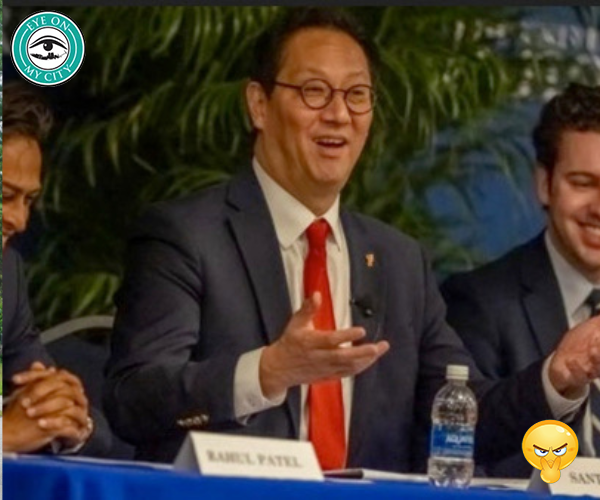Apparently, being an entrepreneur isn’t as risky as long as you are a member of a city council, city commission, or city board. In Part 1 of City Acting as Entrepreneurs with Your Money the venture was real estate. In this part it is public transportation; city councils and commissions across these great United States were handed $50 billion1 last year, yes billion, to subsidize public transportation agencies.
According to a policy report from the CATO Institute “public transit may be the most heavily subsidized consumer-based industry in the country.” Last year the Jacksonville Transportation Authority (JTA) had
- An operating loss of more than $104 million2 of which $76.7 million Duval taxpayers covered.
- Of that $104 million the wage and benefit costs were $57.4 million.
- JTA receives a City Council- approved subsidy every year.
With such a dependency on subsidization it makes sense to expand, right?
Earlier this year Elevate Northeast Florida, an economic development strategy initiative, on behalf of local economic development agencies and JAXUSA, sent out a survey3 for public input on various issues such as:
- economic opportunity;
- satisfaction with the region;
- recreational opportunities;
- business climate; and
- transportation
Improvement recommendations from the survey stated:
“The need to reduce traffic congestion and explore public transportation options was among the most pressing concern for a substantial number of survey participants” and that…
transportation was more of a concern than crime.”
(EDITORIAL NOTE: Transportation more concerning than crime????)
IMPORTANT FACTS ABOUT THIS SURVEY:
The total survey population of this 7 county region is 1,317,1694
The total number of surveys returned were 1,341
Less than 0.1% of the population responded.
(EDITORIAL NOTE: Only 1,341 people responded????)
The Big Question to our readers and our City Leaders is this:
Does a less than 0.1% of the region’s input support the city moving forward with expanding the Skyway, expanding bus routes, and building a multi-million-dollar transportation hub?
The CATO report states “. . . transit agencies will leave behind a mountain of debt that local taxpayers will be obligated to pay” and also points to the unfunded liabilities of pensions for transit workers.
Mountain of debt raises more Big Questions to our readers and our City Leaders such as:
Does Jacksonville need to be concerned that Duval taxpayers have subsidized JTA by
more than $600 million2 since 2009?
Can Duval taxpayers afford this growing subsidy?
The City Council, Downtown Investment Authority, and more continue to increase the financial burden on taxpayers while they practice being entrepreneurs. Are you tired of these entrepreneurs wasting your tax dollars?
Finally – Do our City Leaders believe the facts or do they just like to spend our money while they look for the next rung on the ladder of their political careers?
Do they care about the debt they are voting in and leaving behind?
Will a future Mayor finally decide to take on this debt issue and do the right thing for us, the citizens of Duval County?

1 O’Toole, Randal. “The Coming Transit Apocalypse.” CATO Institute, CATO Institute, 24 Oct.2017, www.cato.org/publications/policy-analysis/coming-transit-apocalypse.
2 Berman, et al. “Financial Reports.” Jacksonville Transportation Authority, 2017,www.jtafla.com/about-jta/financial-reports/.
3 Community Survey Results. Elevate Northeast Florida, www.elevatenefl.com/.
4 United States Census Bureau, www.census.gov/quickfacts/fact/table/US/PST045217.
[author] [author_image timthumb=’on’]https://eyeonjacksonville.com/wp-content/uploads/2018/04/Debbie-G.jpg[/author_image] [author_info]Debbie a native of New York became a resident of Jacksonville via the U.S. Navy. After separating from the navy she worked for both Grumman Aerospace and later Northrup-Grumman Aerospace. After almost 20 years in the aviation industry, she went back to college to change professions. Going back to school as an adult that had lived all over the United States and abroad she had experience in culture and circumstance, which created an incongruity with the material being taught. At that point she began questioning the validity of the material and made the observation that to pass her courses she had to agree, at least on paper, with the material. She graduated about the same time as the Wall Street crash of 2008 and jobs were now difficult to find. So, with time on her hand she began to look into other areas to see if the incongruity existed outside of the college curriculum as well. This is where her mission for the truth began. Since then she has worked to get facts out to the public.[/author_info] [/author]





